
Produced by Alexandra Byer
Written and Directed by Tim Sutton
Starring Aaron Purvis, Rosie Rodriguez, Karina Macias, Robert Jumper, Anna Rose Hopkins
This review contains spoilers!
The 2012 mass shooting during an Aurora movie screening of The Dark Knight Rises still resonates with America.
Certainly, it made quite an impression on me, as I spent the next five years studying the unsettling intersections between violent crime, pop-culture and the media in the United States. I even wrote a “true crime” comic based on the Dark Knight massacre, and studied the background of its perpetrator, James Holmes.
So obviously, I was very interested in viewing Dark Night, the new movie by Tim Sutton that is not so much about the shooting as completely immersed in its wake.
The film follows the lives of several aimless young residents of a Florida suburb, as their lives slowly tick down to a screening of…Dark Night (more on that bit of a meta twist later).
The plot is reminiscent of the recent Sandy Hook Promise PSA “Evan”, in which we are asked to figure out which character will eventually become the murderer—and here we have many people to choose from.
Stylistically, the most obvious comparison I can make to Dark Night is 2003’s Elephant by Gus Van Sant, which features similar hazy vignettes of everyday life counting down to a Columbine-like event.
Like Elephant, Dark Night showcases a series of highly-saturated cinéma-vérité moments that are at once intimate and painfully isolated. But Sutton adds an extra dose of creepiness (as in the scene where the killer’s gun casually pokes through a window during a music lesson), as well as a number of really effective jump-scares that rely heavily on sudden changes in volume.
But perhaps a more apt comparison would be with the 1968 Peter Bogdanovich movie Targets, which also leads up to a violent confrontation at a movie theatre. Targets specifically references pop-culture as well, questioning whether horror movies still have relevance in a world full of real monsters. That question could be extended to the realm of superheroes as well. “Where is Batman when you need him?” And if heroes like Batman can’t protect us from the horror that make headlines—why do we need him?
When you study cases like the Dark Knight shootings, Columbine, Sandy Hook, etc., there is the constant refrain of “WHY WHY WHY WHY” that reverberates. You want to figure out how this all happened as to prevent such tragedies in the future. A common suggestion is tougher gun control laws, but to me that’s just a “speed bump.” Ditto for blaming it all on video games. There is a larger malaise going on in America, and that’s what Dark Night is about.
Having very recently come back from a week at a Florida suburb, I can vouch for the authenticity of Dark Night’s locale and its mood. As is probably the case with many suburbs in the United States, Florida is paradoxically bursting with this incredible breathtaking wealth of nature & at the same time bogged down with all the banality and “convenience” of modern life. It is this very tension between these two extremes that is at the heart of Dark Night and its hypothesis as to why mass killers like Holmes eventually snap.
Since the U.S. presidential race last year, there’s been a lot of talk in the media about a certain cartoon frog—but what did this frog really represent? I would offer he represented what was long lying under the murky “water,” seething and waiting and unaddressed by modern society—much in the same way the aquatic demons of H.P. Lovecraft did in his novels. Dark Night focuses on exactly that type of suppressed, primal, and potentially chaotic element, one of its metaphors being a pet turtle that one of the lead characters plays with and eventually sets free by the end of the film.
It is the owner of the turtle—a Millennial with a shaved head & Freddy Krueger sweater who looks like a cross between Lee Harvey Oswald and that kid from Bates Motel—who most eloquently sums it all up:
“The environment is not a person. It is not a human with a brain trying to resonate its ideas throughout the universe. Nature is true, nature is real. Humans are not real, humans are ethereal. Humans think they’re real and it’s all a bunch of bullshit.”
Almost everybody in this movie lives in a realm of barely-controlled rage, a realm completely cut off from their own nature while at the same time completely surrounded by nature. Who the shooter ends up being is not really the point—the point is that any one of those characters could have been the killer, because they are so radically cut off from both the world and their own selves.
And that, to me, is the meaning behind the “mascot” or meme of Dark Night, which is a simple drawing of a face with an extra circle above and between its eyes. That circle could be the “third eye” of spiritual thought, denoting a deeper knowledge of Self and World—or it could represent a bullet in the head.
The fact that the film everybody waits to see IS Dark Night—the expressionless face of its meme on the poster rather than the “Batman” type character we were expecting—is sort of a jarring way to wind the film down, nudging us out of the plot and into a liminal state between reality and fantasy.
But it is the very end, denying us the visuals and sounds of that impending massacre, that is the most gut-punching. The tension that Sutton spent almost 80 minutes delicately ratcheting up never gets released, the viewer now viscerally experiencing the frustrated malaise of the movie’s characters.
Dark Night is a timely and disturbing film that presents a unique perspective on the question of violence in America. How do we prevent the next mass shooting? How do we deal with aspects of a youth culture focused on division, hatred, and chaos? The guns, the games, and the memes may all be merely symptoms of a larger issue. Dark Night suggests we start by peering under the surface.


















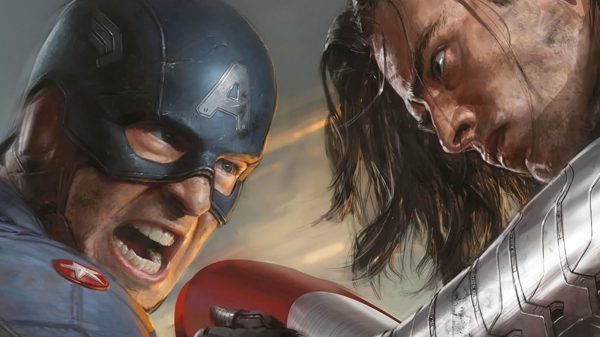



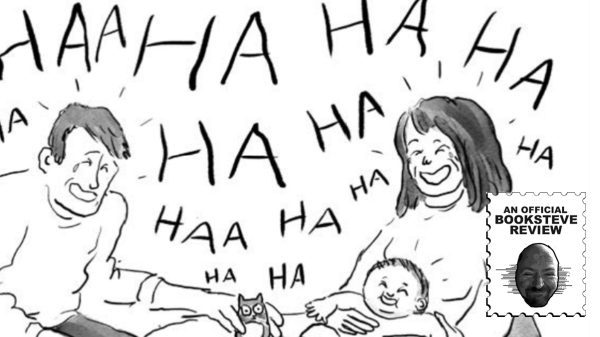




























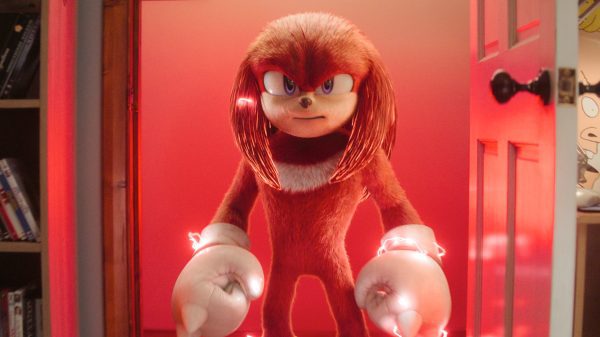





































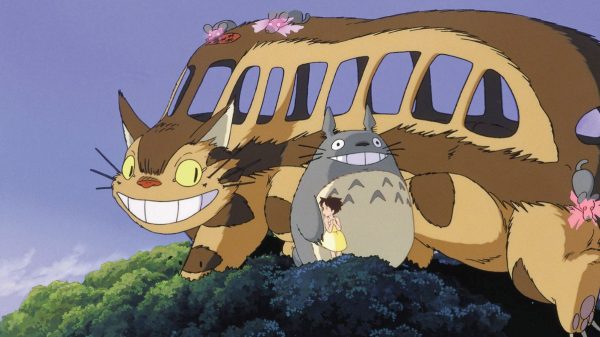
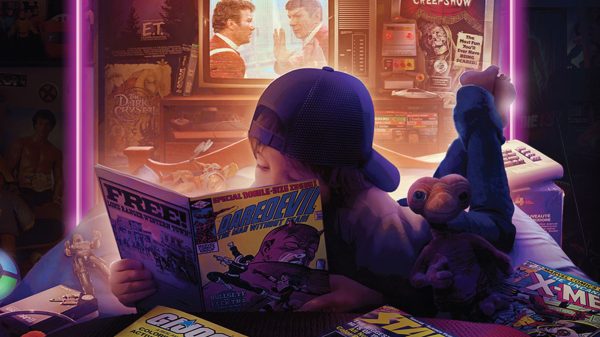










You must be logged in to post a comment Login